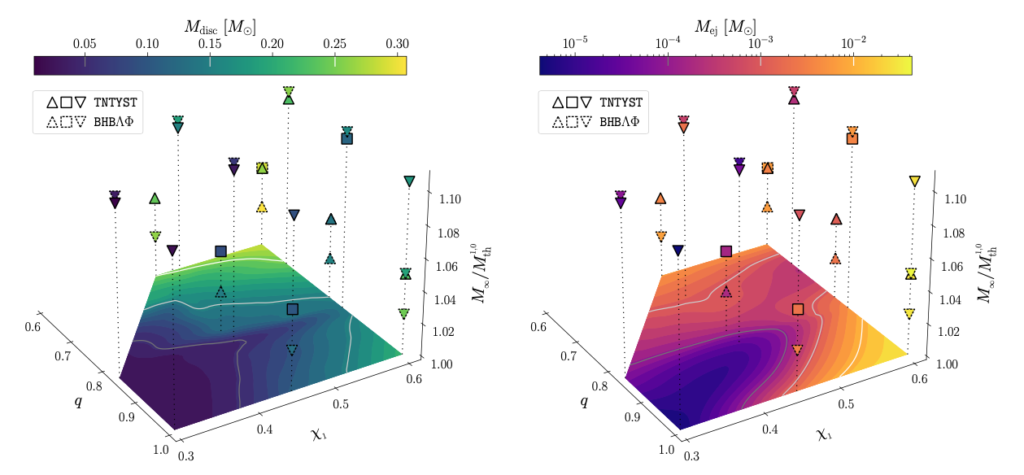While the total mass of a binary neutron star (BNS) system can be reasonably well constrained based on the gravitational-wave (GW) signal measured by ground-based interferometers such as LIGO and Virgo, the same does not hold for the mass ratio of the two constituent stars. A large source of this uncertainty is the spin of the merging neutron stars (NS), whose effect on the inspiral GW signal is highly degenerate with that of mass ratio.

This new work by JETSET presents the first study of BNS mergers with high mass-ratios and extreme spins and attempts to quantify the impact of spin on multi-messenger gravitational wave events. For example, this scenario might correspond to a BNS system where the primary was spun up by accretion from a common envelope companion.

By performing a large set of numerical simulations based on fully general-relativistic hydrodynamics with two different realistic equations of state, the authors highlighted for the first time the effect of a spinning primary on the properties of the remnant object of a binary merger and of the material ejected by the system. In particular, it was shown that:
- Mass asymmetry favors a longer lifetime of the remnant hypermassive NS, delaying the formation of a black hole;
- The mass of the accretion disk surrounding the central remnant and of the material that gets ejected dynamically at merger seems to increase when the mass ratio is close to one and the primary is highly spinning.
Based on these conclusions, the authors also found a correlation between the kilonova peak time and luminosity and the spin and mass ratio property of the progenitor BNS system.